Star jasmine, or Trachelospermum jasminoides, is an evergreen climbing plant much prized for its vigour and its small white, yellow or even pink star-shaped flowers reminiscent of jasmine, which give off an intense, intoxicating fragrance in summer. This cousin of jasmine develops long voluble stems that climb like ivy up pergolas, fences, wire or trellis. Over time it can cover more than 8 metres in every direction. To fully enjoy its beauty, regular training is essential. Discover in this tutorial our tips and tricks to know how to train a star jasmine step by step !
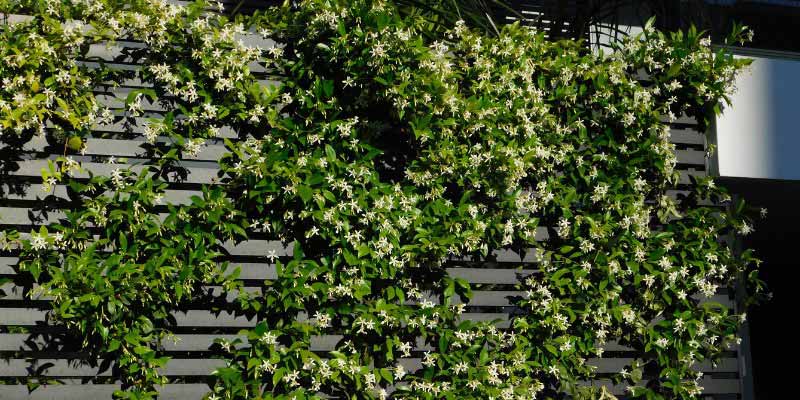
Why train a star jasmine?
The star jasmine or false jasmine (Trachelospermum jasminoides) develops voluble shoots which, when in contact with a damp surface, produce aerial roots allowing it to cling to its support, much like ivy. Although it can partly attach itself, it needs a good support to be guided and to maintain a pleasing structure. In favourable climate, and although a little slow to establish, it can reach more than 8 to 10 metres in all directions, winding around various supports such as fences, trellis, arches, arbour or pergolas. Without guidance it tends to sprawl on the ground, forming a somewhat untidy shrub. Training this plant allows it to spread harmoniously over a suitably sized support, promoting a dense, attractive cover. Besides providing a nice structure, training reduces risk of entanglement, making the plant less vulnerable to disease by improving aeration.
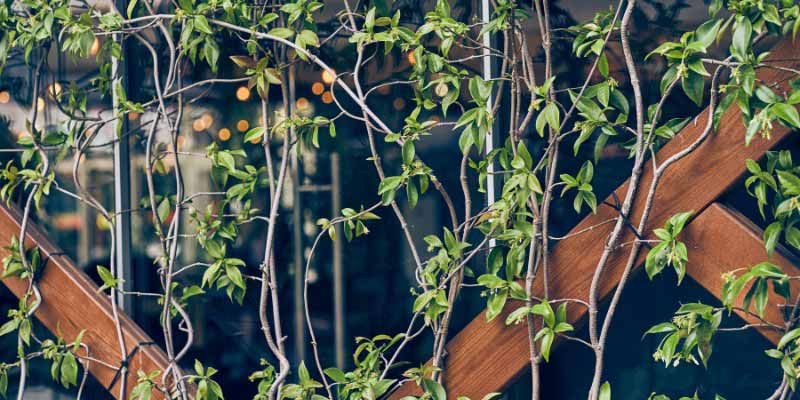
When to train it?
It is essential to train it from planting. Early support encourages star jasmine to climb and helps it develop on the support instead of sprawling or forming an overly dense, tangled shrub. This way new shoots will be directed from their first appearance.
How to train a star jasmine: step by step
Equipment needed
- Pruning shear clean and sharp
- Wooden or metal trellis or cable-type support
- Flexible ties to secure stems
1. Install the support
Before planting your star jasmine, make sure support is securely in place. Choose a trellis, fence, pergola, or even cables fixed to a solid wall. Support must be stable and able to bear weight of the plant once well established.
2. Plant your jasmine at base of support
Position star jasmine about 20 to 30 cm from base of support. This small distance gives roots some room while keeping plant close enough for stems to quickly reach and climb the support.
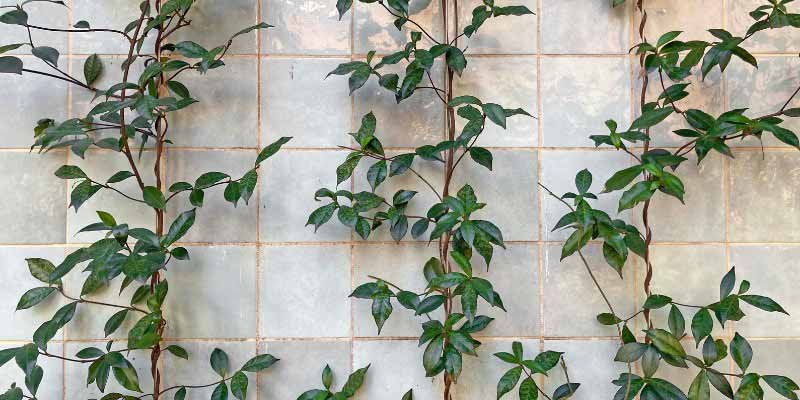
3. Start training
Begin by identifying longest, sturdiest stems. These will form framework of your training. Gently fix them to support using flexible ties such as raffia or rubber garden ties, taking care not to fasten too tightly to avoid damaging stems. Leave some room for stem to thicken over time. Secure stems every 20 to 30 cm so they are well supported and their growth properly directed.
4. Guide new shoots
As it grows, star jasmine will produce new shoots. Direct them towards desired direction and loosely tie them to support. Aim to distribute shoots to cover whole surface evenly without leaving gaps. Young shoots are more flexible and easier to train to desired direction.
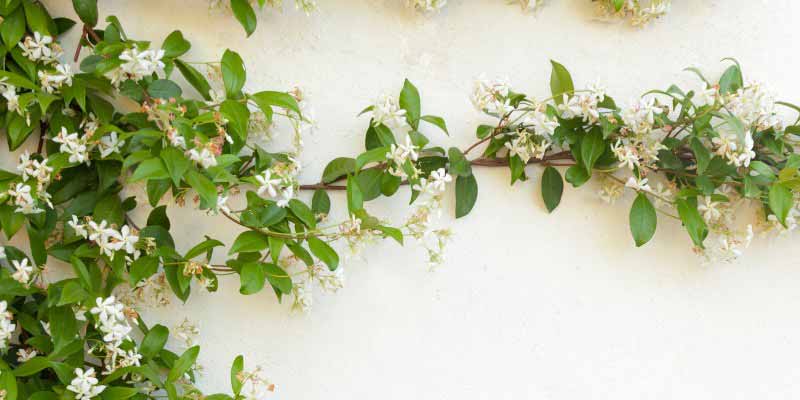
Care after training
Good training requires regular care to ensure new shoots remain well directed. Here are main steps:
- Check and adjust ties: Jasmine stems lignify over time, so inspect ties every 3 to 4 months to make sure they are not too tight. Replace them with looser ties if necessary, and continue fastening new shoots so they stay well oriented.
- Pruning to tidy: If some stems become too long, move away from support or get tangled, prune them to keep a neat structure and encourage branching of new shoots near base. Prune just after a node (where leaf joins stem) to stimulate branching. You can prune at end of winter, or after each flowering.
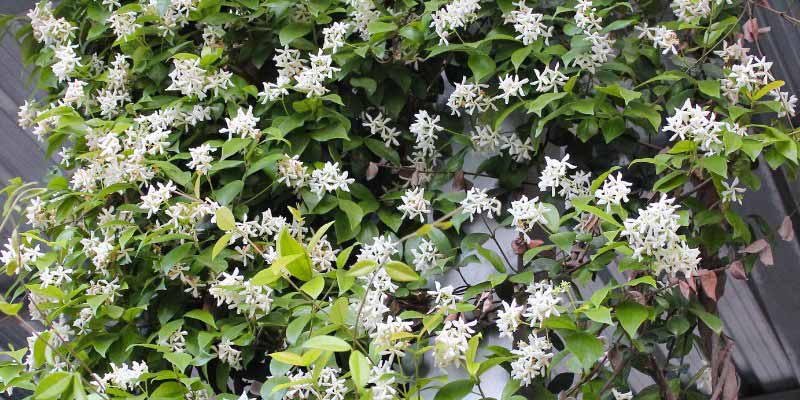































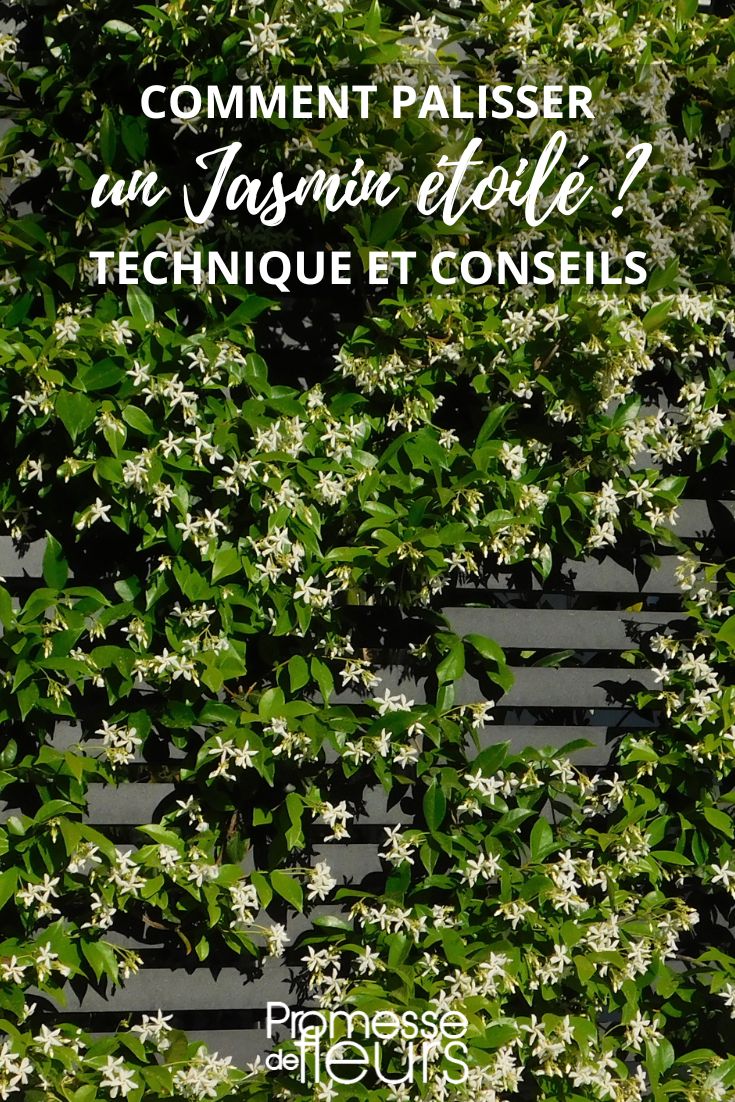
Comments